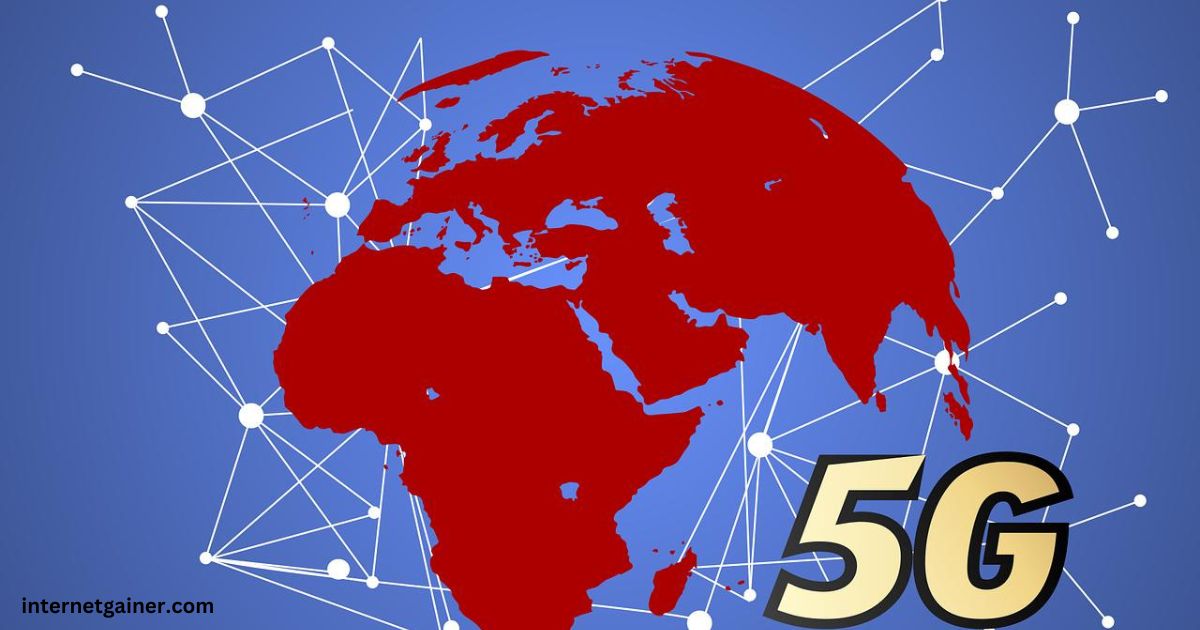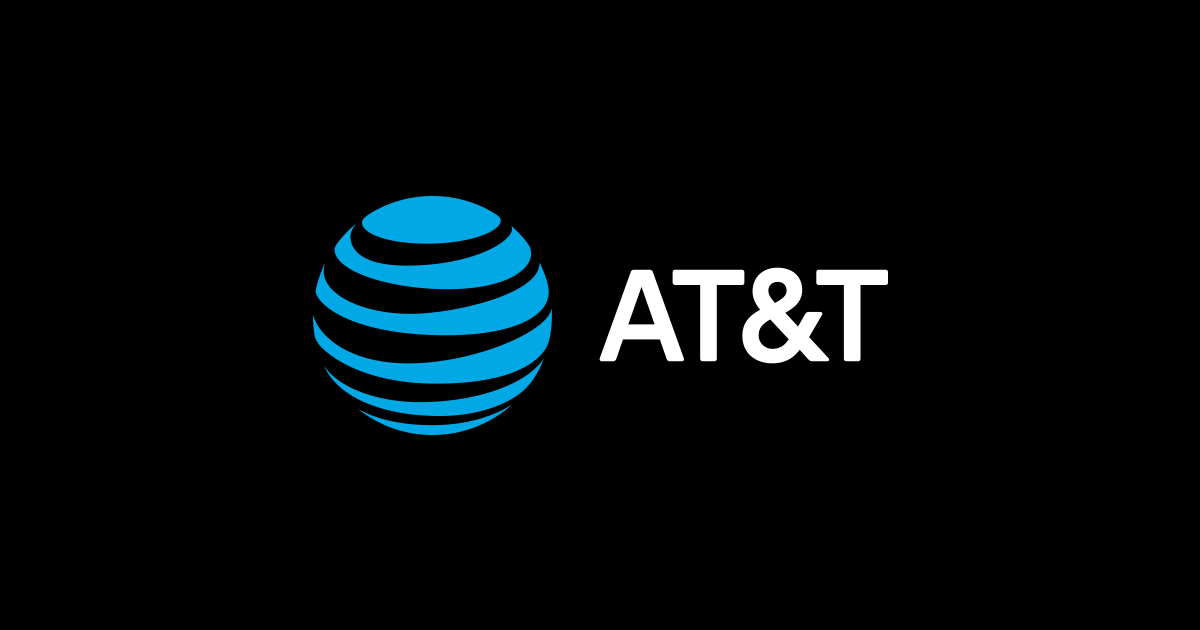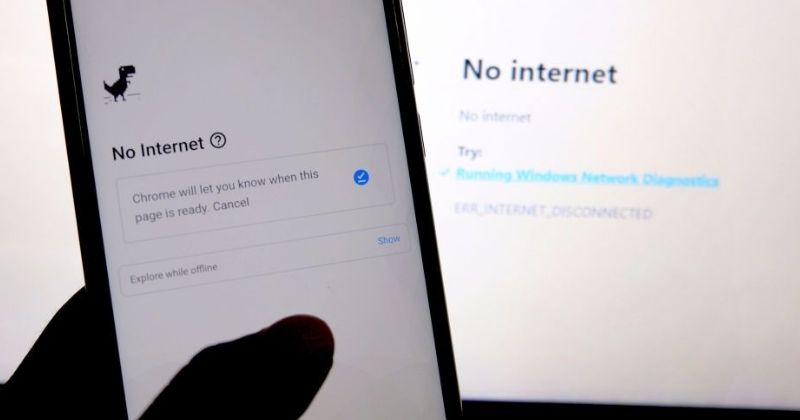Choose this topic
ToggleAs internet usage continues to surge in households worldwide, many consumers are seeking faster, more reliable, and more flexible connectivity solutions. One question gaining traction is: Can home internet be 5G? The answer is yes — and it’s already transforming how people access the web at home.
Understanding 5G Home Internet
5G home internet uses fifth-generation cellular network technology to deliver high-speed broadband directly to your residence, bypassing the need for traditional infrastructure like fiber-optic cables or DSL lines. It operates via a wireless modem that receives a 5G signal from a nearby cellular tower, much like your smartphone does.
Unlike mobile data plans, however, 5G home internet is optimized for stationary use, offering unlimited data, lower latency, and consistent performance, often comparable to — or better than — conventional broadband.
Advantages of 5G Home Internet
1. High-Speed Performance
5G networks can deliver speeds exceeding 1 Gbps in ideal conditions. While actual speeds vary based on location and network congestion, many users report performance rivaling or surpassing that of cable or DSL connections.
2. Quick Setup
Unlike wired broadband, which may require technician visits or new cable installations, 5G home internet can often be set up in minutes. Simply plug in the 5G router or gateway, and you’re online.
3. Greater Flexibility
Because 5G is wireless, it’s an ideal solution for rural areas or rental properties where installing physical infrastructure is difficult or restricted. It also allows for easier relocation — just take your 5G router with you.
4. Low Latency
Gamers and remote workers benefit from 5G’s low latency, which improves real-time communication and reduces lag — a crucial factor for video conferencing, online gaming, and cloud computing.
Considerations Before Switching
While 5G home internet offers compelling advantages, it’s not without caveats:
-
Coverage: Not all areas have robust 5G infrastructure. Urban and suburban regions tend to have better access than rural locales.
-
Signal Strength: 5G performance can be affected by obstructions, building materials, and distance from the nearest cell tower.
-
Data Caps and Pricing: Some providers may still impose data limits or offer tiered pricing based on usage and speed.
Leading Providers
Major carriers like Verizon, T-Mobile, and AT&T have launched 5G home internet services in numerous U.S. cities. Internationally, telecom providers in countries like the UK, South Korea, and Australia are also rolling out similar offerings. These services often come with competitive pricing, no annual contracts, and bundled perks like streaming subscriptions.
Is 5G the Future of Home Internet?
5G is poised to be a viable and increasingly popular alternative to traditional home internet. As network infrastructure expands and technology matures, we can expect improved coverage, faster speeds, and wider adoption.
For many users — especially those in underserved or high-density areas — 5G home internet offers an exciting glimpse into the future of wireless connectivity: fast, flexible, and freeing us from the limitations of cables.
Conclusion
So, can home internet be 5G? Absolutely. It already is for many, and it’s only just beginning. With its fast speeds, easy setup, and growing availability, 5G is redefining what it means to be connected at home.
Let me know if you’d like this formatted for a blog or adapted for a specific tone (e.g., casual, technical, or promotional).


